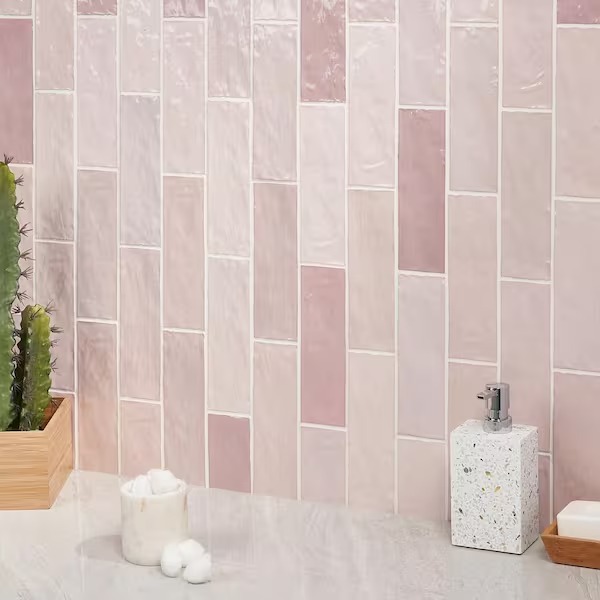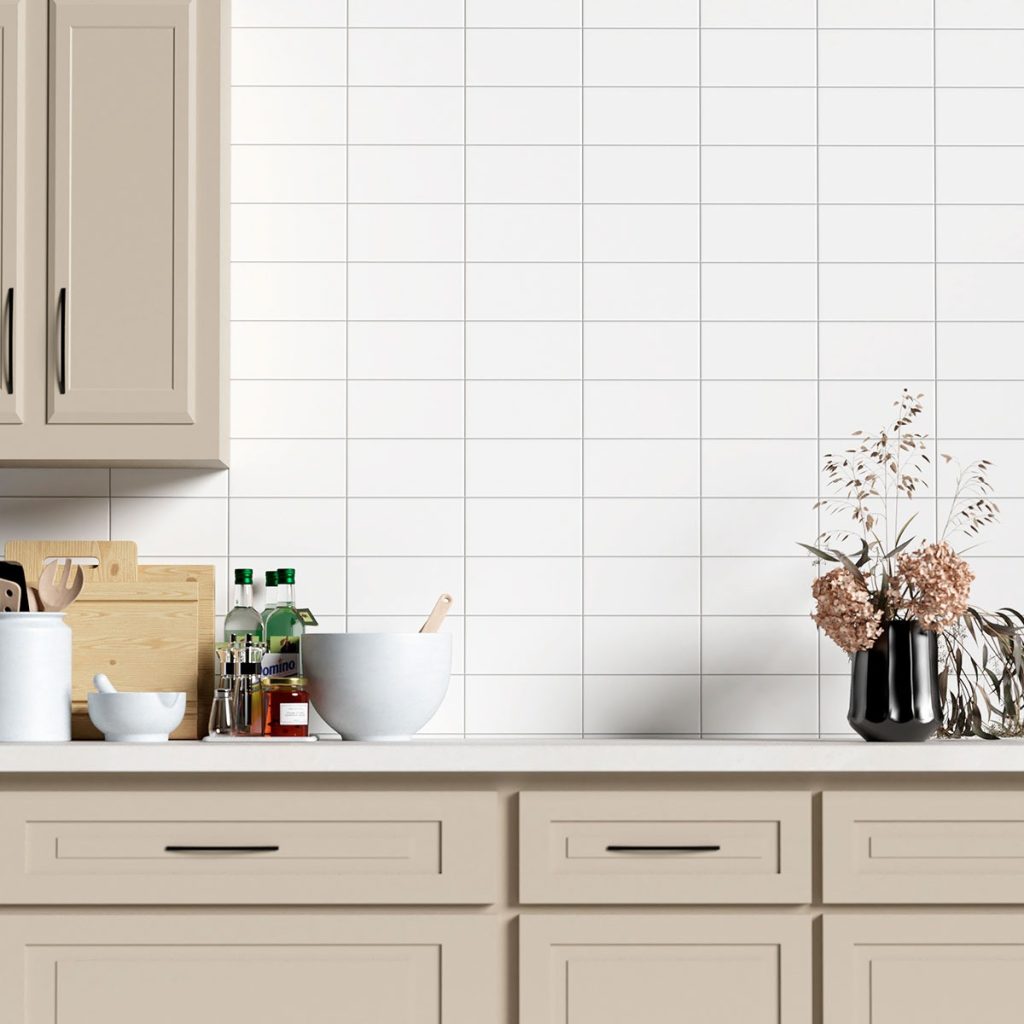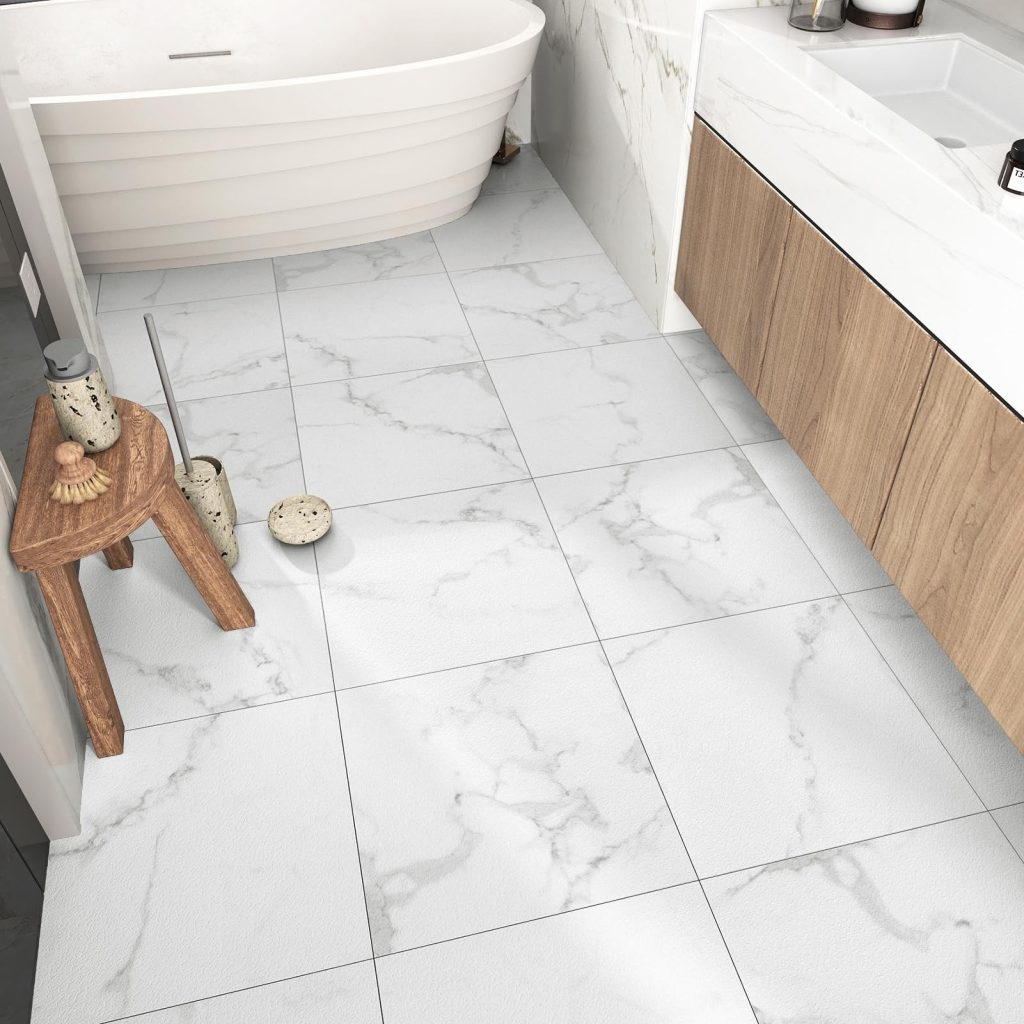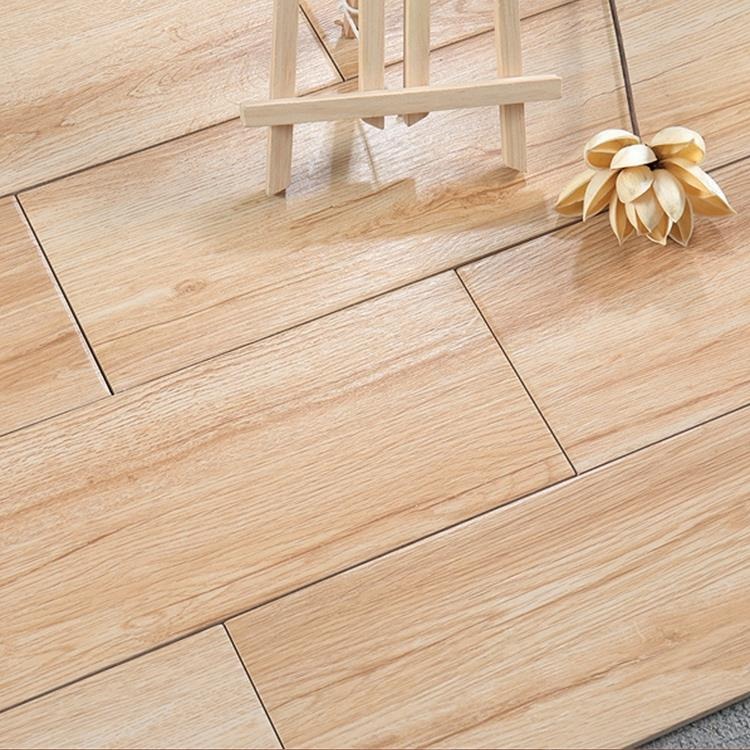Types of Paint Suitable for Ceramic Tile
When taking on a ceramic tile project, finding the right paint for ceramic tile is crucial. Here are some options:

- Latex Paint: It’s easy to apply and clean up. It works well for walls and low-traffic areas.
- Epoxy Paint: Known for its durability, it’s a top choice for floors and countertops.
- Acrylic Paints: These provide a wide range of colors. Suitable for decorative pieces.
- Oil-Based Paints: These are tough and moisture-resistant. Good for bathrooms and kitchens.
While choosing paint for ceramic tile, consider the tile’s location and usage. Epoxy and oil-based paints withstand heavy use and moisture. They are ideal for floors and wet areas. Latex and acrylic are better for walls and decorative tiles. Always check if the paint adheres to ceramic surfaces.
Preparing the Ceramic Tile for Painting
Before you start painting your ceramic tiles, proper preparation is key to ensure the paint adheres well and lasts longer. Here are the steps you should follow:
- Clean the Tiles: Remove any dirt, grease, or mold with a heavy-duty cleaner. Let the tiles dry completely.
- Sand the Tiles: Lightly sand the surface of the tiles with fine-grit sandpaper. This creates a rougher surface for the paint to stick to.
- Repair Damage: If there are cracks or chips, fill them in with caulk or putty. Wait for it to dry before sanding it smooth.
- Tape Off Areas: Use painter’s tape to protect the edges and any areas you do not want to paint.
- Apply Primer: Use a high-adhesion primer designed for glossy surfaces. Apply it evenly and let it dry according to the product instructions.
Each of these steps is crucial for preparing the ceramic tile for paint. Don’t skip any of them if you want a professional and durable finish. Remember that patience and attention to detail in this stage will pay off with beautiful results in your finished project.
Step-by-Step Guide to Painting Ceramic Tile
After selecting the right paint for ceramic tile and preparing the tiles, it’s time to start painting. Here’s a simple guide to help you through the process:
- Work in a Ventilated Area: Ensure the room is well-ventilated. This helps the paint dry and reduces fumes.
- Mix Paint Thoroughly: Stir the paint well to get a consistent color and avoid lumps.
- Apply Paint Evenly: Use a roller for large areas and a brush for small details. Start with thin layers.
- Let Each Coat Dry: Wait for the paint to dry completely before adding another layer. This can take a few hours.
- Inspect for Missed Spots: Check for and touch up any missed spots or uneven areas.
- Apply Sealer: Once the final coat is dry, seal it with a clear, water-resistant sealer.
- Cure Paint Properly: Follow the paint’s curing time guidelines to ensure maximum durability.
By taking your time and following these steps, you will ensure a solid, even coat of paint that transforms your ceramic tiles. With the right paint for ceramic tile and careful application, the painted surface will last for years to come.

Tips for Achieving a Smooth Finish
Achieving a smooth finish when painting ceramic tiles can make a significant difference in the appearance of your project. Here are several important tips to help you obtain that flawless finish:
- Use Quality Brushes and Rollers: Invest in high-grade brushes and rollers. These tools can give you a more uniform coat.
- Avoid Heavy Coating: Apply thin paint layers rather than one thick layer. This prevents drips and streaks.
- Keep a Wet Edge: Work on one small section at a time and overlap the edges while they are still wet. This prevents lines forming.
- Use the Right Techniques: Brush for edges and small areas, roll for large, flat surfaces. Proper technique helps to avoid brush marks.
- Maintain a Consistent Direction: Whenever possible, apply paint in one direction. This contributes to a smoother finish.
With these tips in mind, patience, and the right paint for ceramic tile, achieving a professional and smooth finish is much more attainable. Make sure you take your time throughout the process to guarantee the best results for your ceramic tile project.
Maintenance and Care for Painted Ceramic Tile
After you finish painting ceramic tiles, it’s important to care for them properly. This ensures the paint stays vibrant and durable. Here are some tips to help maintain your freshly painted surfaces:
- Clean Regularly: Wipe the tiles with a soft cloth or sponge and non-abrasive cleaner. Do this regularly to prevent dirt build-up.
- Avoid Harsh Chemicals: Stay away from bleach and harsh chemical cleaners. These can damage the paint over time.
- Sealant Recoating: Reapply a sealant annually, especially in high moisture areas like bathrooms and kitchens, to protect the paint.
- Be Gentle: Use gentle cleaning tools. Avoid steel wool or abrasive pads that can scratch the surface.
- Spot-check and Touch-up: Inspect tiles often for chips or cracks. Touch-up these areas immediately to prevent further damage.
By following these steps, you can extend the life of your paint for ceramic tile project. Take care to clean gently and maintain the protective sealant, and your painted tiles will look fresh and impressive for a long time.
Common Mistakes to Avoid When Painting Ceramic Tile
When tackling a paint for ceramic tile project, avoid these common mistakes for best results:
- Skipping Surface Preparation: Never paint over dirty or glossy tiles without cleaning, sanding, or priming first.
- Ignoring Primer: Primer aids in paint adhesion. Always apply a good quality primer before painting.
- Rushing The Process: Do not rush drying time between coats or curing time after the final coat.
- Using The Wrong Tools: Avoid cheap brushes and rollers that can leave streaks and bristles behind.
- Overloading The Brush: Do not dip the brush too deep into the paint, which can cause drips.
- Neglecting Ventilation: Always paint in a well-ventilated area to avoid fumes and aid drying.
- Forgetting to Tape Edges: Use painter’s tape to protect the edges, ensuring clean lines.
By avoiding these mistakes and working carefully, you’ll ensure a durable, professional-looking finish on your ceramic tiles.
Creative Ideas for Ceramic Tile Painting Projects
Turning your ceramic tile into a work of art is thrilling. Here are creative ideas to inspire you:
- Stencil Designs: Apply paint through stencils to create precise patterns and shapes.
- Geometric Patterns: Use tape to design geometric shapes for a modern look.
- Mosaic Effects: Paint different colors in a mosaic style for a vibrant effect.
- Hand-Painted Murals: Get artistic and paint a scene or abstract mural directly onto the tiles.
- Contrasting Grout: Paint the grout lines a contrasting color to make the tiles pop.
- Accent Tiles: Select a few tiles to paint as accent pieces, adding splashes of color.
- Chalkboard Tiles: Use chalkboard paint to create a functional, writable surface.
- Ombré Effect: Blend colors to create a gradient ombré effect across the tiles.
With these ideas and the right paint for ceramic tile, your project can stand out. Remember to plan out your design and consider the overall look you want to achieve. Stick to simple instructions and take time to ensure the best outcome for your painted tiles.

Recommendations for Top Ceramic Tile Paint Brands
Choosing the right brand is essential when selecting paint for ceramic tile. Here are top recommendations:
- Rust-Oleum: Known for their high-quality epoxy paints, Rust-Oleum offers durable options that adhere well to ceramic tile.
- Behr: A trusted name in home improvement, Behr provides high-grade latex paints perfect for wall tiles and low-traffic areas.
- Valspar: Valspar’s oil-based paints are great for areas exposed to moisture, like kitchens and bathrooms.
- Benjamin Moore: With a variety of colors in acrylic paints, this brand is ideal for those looking to add a decorative touch.
- Zinsser: They offer excellent primers that ensure your paint job lasts longer and adheres better to the tiles.
Each brand has its strengths, so consider your project needs when choosing. Also, follow the manufacturer’s instructions for the best results. Quality brands tend to provide better coverage, durability, and adherence, making your tile painting project successful in the long term.

